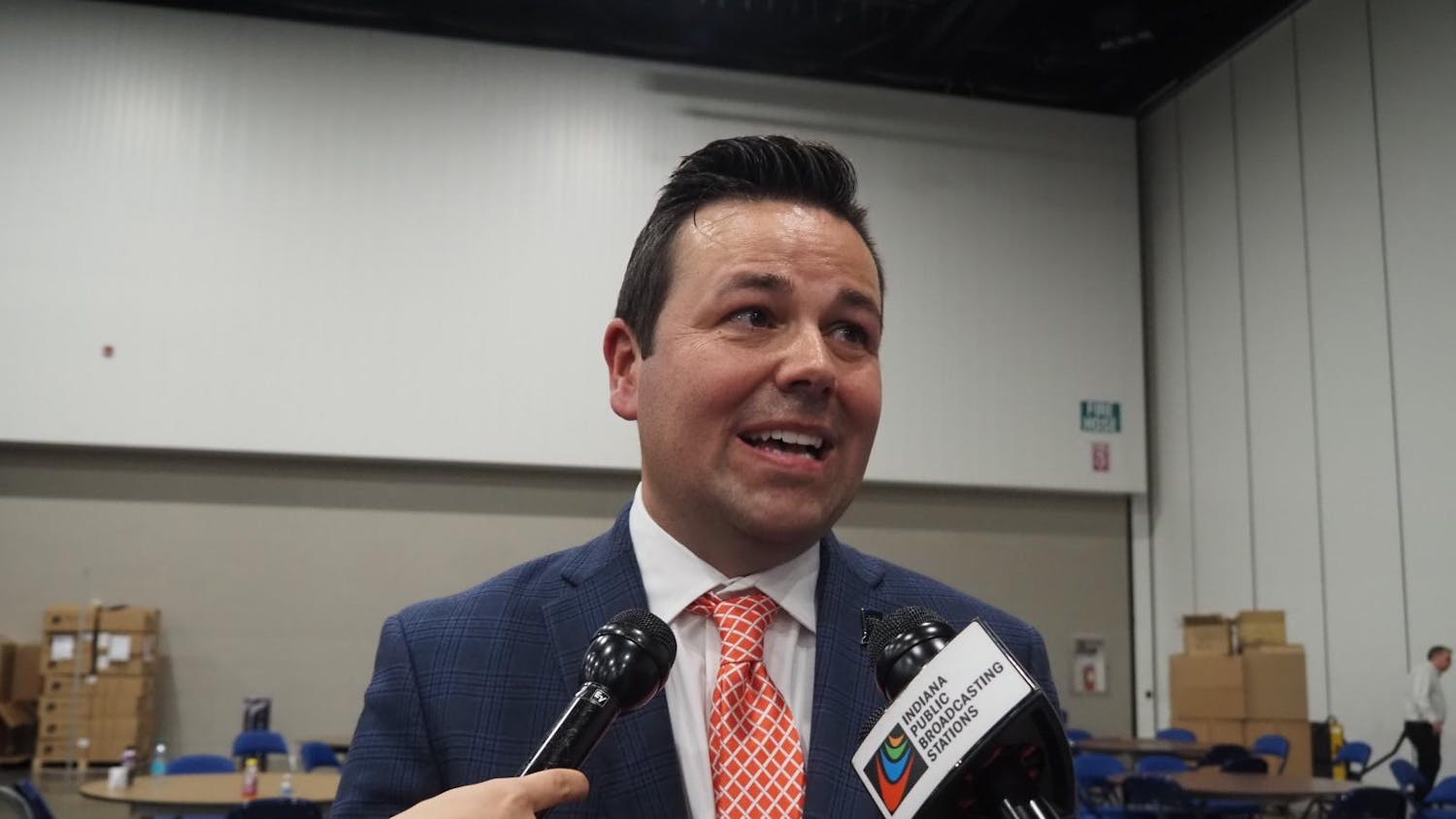IOWA CITY, Iowa -- People still using the ReNu with MoistureLoc contact-lens solution need to stop, Kenneth Goins, a University of Iowa clinical associate professor of ophthalmology, said Thursday. \nAnd they need to stop now. \n"I've just seen too many patients and too many problems with it," he said. \nThe product was recalled May 15 voluntarily by its manufacturer, Bausch & Lomb, but the UI Hospitals and Clinics are still experiencing MoistureLoc effects. Goins said he has approximately a dozen cases presumed to be related to use of the solution. \nThe company removed it from the market because of its possible link to Fusarium keratitis, a dangerous, sight-threatening fungus infection. \n"(The infection) is very difficult to treat," said Goins, who specializes in corneal and external diseases. "In our series here, about 25 percent of those patients have needed cornea transplants." \nThe U.S. Centers for Disease Control and Prevention reported an increased risk for the infection among MoistureLoc users, although the cause of the association is not clear. \nChristine Sindt, a UI clinical assistant professor of ophthalmology, noticed a problem with the solution almost two years ago when she conducted her own informal study. When MoistureLoc was released in November 2004, she was eager to create a personal assessment of it. \n"I always like to test the new products -- test-drive them, so I can develop an opinion," Sindt said. \nContact lenses sat soaked in three different solutions overnight. The following day, Sindt examined five volunteers from her office for corneal staining, the presence of dead cells on the eye. Volunteers then wore a pair of the contacts for one to two hours and were examined again. \nSindt, also the director of UIHC's contact-lens service, said the lenses soaked in MoistureLoc produced an "unusual" amount of staining, named because of a dye's adherence to dead cells. \nShe immediately expressed her concern with Bausch & Lomb's public relations director, who told her he was certain the solution had undergone appropriate studies and had passed. When the director, Fred Edmunds, said the company had not conducted tests that could measure corneal damage over time, she urged him to do so. \n"The eye heals itself in about eight hours," Sindt said. "So the most staining would be noticeable in one to two." \nThen, she waited. \n"I felt like at that time I had done my part to voice my concern, and I handled the information appropriately within my own practice when I recommended solutions to my own patients," Sindt said. \nMeanwhile, contact wearers worldwide using the MoistureLoc solution began reporting cases of fungal infections. \nGoins said Sindt developed the theory that a new preservative in the formula could get "trapped" in the lens, causing both the corneal staining and infection vulnerability. \n"If her theory is true," he said, "the increased preservative in the lens would lead to a breakdown in corneal epithelial surface cells, thereby allowing pathogens direct access to the cornea, so they may be directly linked." \nBausch & Lomb, in a report issued May 19, stated it will continue searching for a cause of Fusarium keratitis. Representatives from the corporation could not be reached for comment Thursday afternoon. \nWith MoistureLoc pulled from store shelves, the threat of its damage remains behind medicine cabinet doors. And until the culprit causing these infections is identified and its inclusion in future solution products permanently banned, Sindt wants only to know one thing: "How long can you beat a dead horse"
Experts: Lens solution still a risk
Get stories like this in your inbox
Subscribe





